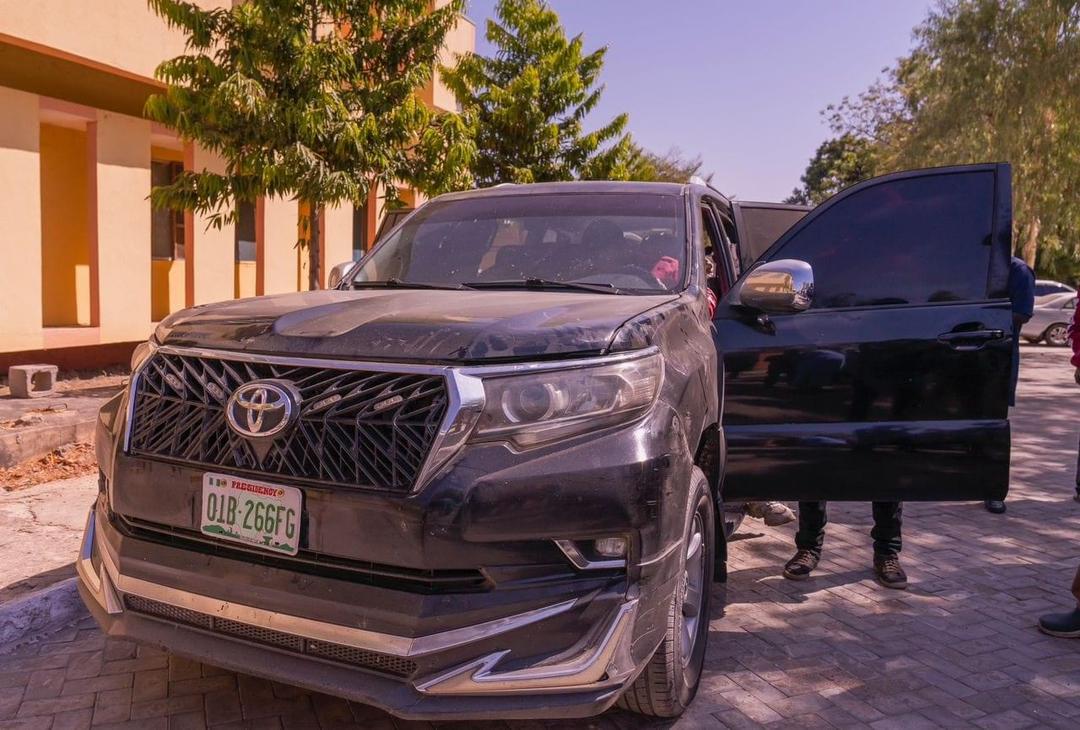Safaricom’s M-PESA is steadily losing its hold in Kenya’s mobile money market. For the sixth quarter in a row, its market share has dropped, falling from 97% in late 2023 to 90.8% in the first quarter of 2025.
What used to be a near-total lock on the market is now slipping through M-PESA’s fingers. The Communications Authority of Kenya (CA) released fresh data confirming the downward trend, pointing to several key forces reshaping the sector: regulatory reforms, aggressive competition, and shifting customer priorities.
The biggest challenger is Airtel Money. Its market share has more than tripled in just two years, from 2.9% in 2023 to 9.1% in Q1 2025. Behind that growth is a focused, multi-pronged strategy.
Airtel has cut transaction fees, refunded charges in airtime through Smarta Bundles, and struck key partnerships with retailers like Naivas to improve its agent network, especially in hard-to-reach areas.
Mobile money subscriptions jumped to 45.4 million during the quarter, accounting for 86.6% penetration in Kenya. SIM card subscriptions also rose to 76.2 million, up by 6.7%, aided by telcos’ renewed efforts to win back users.
And Airtel is riding the wave. Its user base is now estimated at around 8 million, and its agent network is growing fast.
Even though M-PESA still has over 299,000 agents across the country, Airtel Money’s agent expansion is gaining pace. The total number of registered mobile money agents climbed 5.5% to 417,000 in Q1 2025, meaning challengers now have more reach than ever before.
Lower pricing is one of Airtel’s biggest weapons. To send KES 1,000 across networks, users pay KES 11 on Airtel, while M-PESA charges KES 13. Withdrawals cost less on Airtel too, KES 2 cheaper on average. These differences may seem small on paper, but for everyday users, they quickly add up.
The game-changer, though, was Kenya’s 2022 rollout of mobile money interoperability. That policy allowed people to send and receive money across different platforms, ending the long-standing advantage Safaricom had enjoyed by keeping its ecosystem closed.
With those walls down, customers now move more freely, and Airtel has made it worth their while. Incentives like cashback on bank-to-wallet transfers are pulling users in.
Still, full freedom hasn’t arrived yet. Interoperability at the agent level, where users could walk into any mobile money outlet, regardless of network, is still pending. Once the Central Bank of Kenya (CBK) rolls that out, and they’ve promised to, Safaricom may see even greater churn.
M-PESA isn’t going quietly. It still processes more than 30 billion transactions annually, worth over KES 38.29 trillion ($296 billion), and serves 34 million users. But it’s no longer operating in a vacuum.
Another major change is coming from the CBK’s new payments infrastructure, the Fast Payment System (FPS), which is under development. Inspired by India’s Unified Payments Interface (UPI), the FPS aims to offer instant, cross-platform payments between banks, fintechs, and mobile money wallets.
It’s being designed in partnership with India’s NPCI and, if successful, could radically reshape how digital money moves in Kenya.
By the time FPS is live, possibly by 2026, it may deliver what regulators and consumers alike have been waiting for: a truly level playing field.
The case for Kenya’s mobile money resilience is now about who adapts faster, and right now, Airtel is doing just that.
![]()
The post Safaricom’s Grip on Kenya’s Mobile Money Market Weakens as Airtel Gains Ground appeared first on Tech | Business | Economy.

.png) 18 hours ago
4
18 hours ago
4










.png)




 English (US) ·
English (US) ·